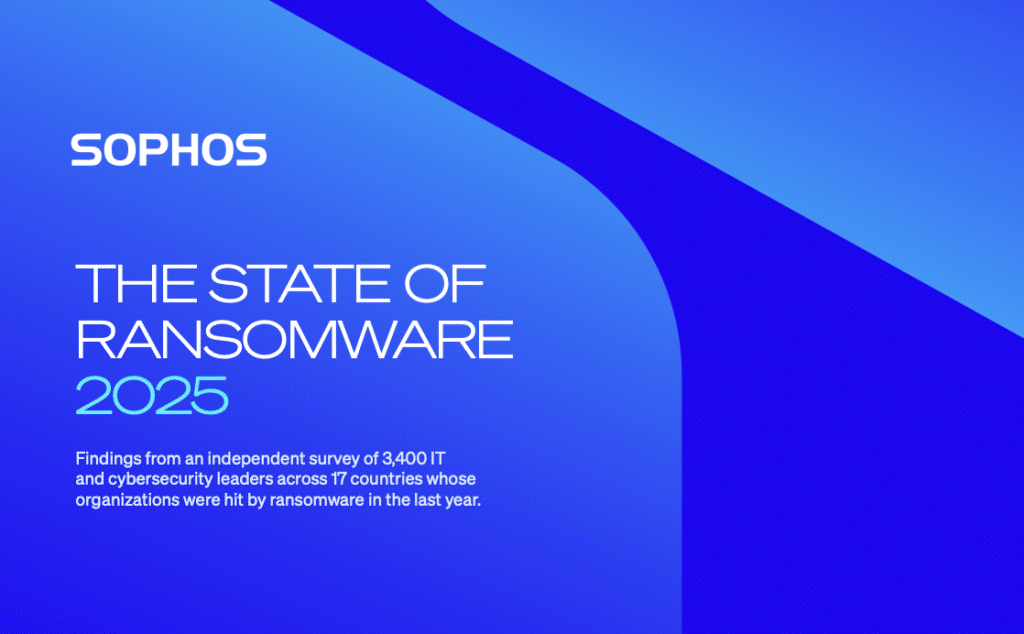Your guide to leveraging NCE pricing to get the best value

Renewing your Microsoft Licensing Agreement is an opportunity to align your IT strategy with your business goals. It allows you to take advantage of the latest technologies, optimise costs, and ensure compliance with industry standards. While this might seem straightforward at first glance, to achieve the best value and biggest discounts, it’s often more complex than it appears and navigating the renewal
process requires careful planning.
In this Blog we will walk through what you need to know about the new Microsoft Licensing rules,
when to get the best value from your renewal, and how to review your licencing estate to get the
best value and lowest costs.
Understanding the New Commerce Experience (NCE) License model
Since 11th January 2024, all commercial subscriptions have been renewed onto the New
Commerce Experience (NCE) license model, which introduced several new rules and
capabilities that have significantly affected licensing costs and are aimed at providing Microsoft
customers more flexibility and commercial control. A crucial aspect to be aware of is that
auto-renewing your licences can place you on the most expensive and least flexible plan
available and many organisations are missing opportunities to reduce costs and increase
licensing flexibility.
What does the NCE license model provide?
- Flexibility in Service Management: NCE allows for better control over subscription
renewals and the ability to schedule changes at the end of terms. - New Pricing and Add-On Options: NCE offers more flexible ways to acquire add-on
services and introduces new monthly term options - Simplified Billing: Microsoft have streamlined billing with options for monthly, annual, or
three-year terms, making it easier to manage and predict costs - Enhanced Incentives: NCE enables Microsoft to provide incentives for a wide range of
licenses, supporting organisations in transitioning to the new License model.
Golden Zone of Renewals -1st February to March 31st
There are some key changes to Microsoft pricing that ensure organisations can get the best
value and lowest renewal costs before March 31st, 2025.
- Avoiding the 5% Price Increase: If you renew your annual NCE plan with monthly
payments, you’ll see a 5% price bump. If you switch to fully prepaid annual, you will avoid
this 5% increase altogether. - Renewal Timing: If your renewal date falls before April 1, you won’t see the price hike until
your next renewal cycle. For instance, a March 2025 renewal means no price jump until
March 2026. - Taking Advantage of Currency Adjustments: Microsoft is reducing UK subscription
prices by approximately 5% due to currency adjustments. This reduction is effective from
February 1st, 2025, and can help offset the upcoming price increase - Locking in Current Pricing: By renewing your agreement before April 1st, you can lock in
the current pricing and avoid any immediate cost increases
Leveraging the NCE Model for Licensing Renewals
The NCE licensing model is designed to make managing Microsoft product subscriptions more
efficient and cost-effective and allow organisations to create tailored Licensing agreements to
best suit their needs. To obtain the full benefit of an NCE license agreement there are several
ley levers you can control that will change the price you pay and how you align your licences to
you users.
- Optimising Subscription Terms: The NCE model offers various subscription terms,
including monthly, annual, and three-year options. By analysing usage patterns and
business needs, you can choose the most cost-effective term. For example, annual or
multi-year subscriptions often come with discounts compared to monthly terms, leading to
substantial cost savings. - Adjusting License Quantities: You can mix license type and terms, and then upgrade
and downgrade licenses within your contractual commitment, to adjust the number of users as needed. This flexibility ensures that you are not paying for more licenses than you
require. - Leveraging New Pricing and Add-Ons. The NCE model introduces new pricing options
and the ability to acquire add-ons independently of base offers. This allows you to
customise your licensing agreements to include only the features and services you need,
avoiding the cost of unnecessary add-ons. - Streamlined Billing and Predictable Costs: Enhanced billing options, such as
consolidated billing and consistent billing dates, simplify financial management. These
more predictable billing cycles help you plan and budget more effectively, reducing the risk
of unexpected costs. - Proactive License Management: Regularly reviewing and optimising licenses ensures
that organisations stay compliant with Microsoft’s licensing terms and avoid penalties. By
proactively managing licenses, you can identify and eliminate unused or underutilised
licenses, leading to significant cost savings.
Navigating the Renewal Process
Understanding the renewal process and avoiding potential disruptions can be daunting, and there
are several common mistakes that can lead to inefficiencies or increased costs. To avoid these, it is
important to structure your renewal by following the steps below.
Key Action Points:
- Plan Ahead: Start the renewal process early to avoid last-minute issues and
ensure a smooth transition. Use tools to streamline the process and Start the
renewal process 30 to 60 days before your contract expiration date. - Address Challenges Proactively: Identify and address potential challenges early
to ensure a seamless renewal process. Assess your current NCE subscriptions to
determine if they still meet your needs and identify unused or underutilized - Model Your Options: Evaluate different renewal strategies and their long-term
impacts on your organisation. This helps you choose the most cost-effective and
beneficial approach.
How the Espria Quantum 365 V3 Tool Makes This Easy
The Espria Quantum 365 V3 tool simplifies the entire process of renewing your CSP and
maximising benefits. Given the complexity and financial impact of the changes introduced by
NCE, having a robust tool like Quantum 365 V3 is essential.
Here’s how it helps:
- Visibility and Insights: Quantum 365 V3 provides comprehensive visibility into the application
usage, helping you identify inefficiencies and optimize your cloud environment. By
understanding usage patterns, you can make informed decisions about license quantities
and types. - Cost Management: The tool helps you manage costs by identifying and managing leaver
accounts, driving down contract spend, and improving procurement strategies. This ensures
that you are only paying for what you need and can re-harvest licenses from inactive
accounts. - Training and Support: Quantum 365 V3 includes in-platform tutorials and learning resources
to support employee autonomy and productivity, reducing help desk calls. This ensures that
employees are proficient with new tools and technologies. - Security and Compliance: The tool provides visibility into Microsoft security features, helping
you monitor statistics on files shared outside the company and ensuring robust security and
compliance. This mitigates risks and ensures adherence to industry standards. - Streamlined Renewal Process: Quantum 365 V3’s role-based persona menus, easy-
tonavigate dashboards, favourites feature, and smart tagging help streamline the renewal
process, ensuring a smooth transition and proactive management.
Proven Savings
Organisations using Quantum 365 V3 have reported significant cost savings during renewals. By
eliminating wasted licenses, optimising investments, and improving budgeting and spend
forecasting, Quantum 365 V3 has helped organisations save up to 30% on their licensing costs.
By leveraging the Espria Quantum 365 V3 tool, you can make the renewal process easier, more
efficient, and more beneficial for your organisation.
You may be interested in
The 2025 State of Ransomware: Key Insights on Attacks, Costs, and Recovery
Ransomware continues to evolve — and so must our defenses. The State of Ransomware 2025 report from Sophos presents one of the most comprehensive views yet into how organisations around the world are being impacted by ransomware attacks. Based on an independent survey of 3,400 IT and cybersecurity leaders across 17 countries, the report explores how attacks are evolving, the operational weaknesses adversaries exploit, and the human and financial tolls that follow. Whether you’re building a cybersecurity strategy or assessing risk, this year’s findings offer crucial, real-world insights to guide your response. Key Findings from…
Outgrowing your MSP; businesses need a provider that scales with their growth
To stay competitive, business leaders must align with MSPs that deliver strategic value, drive innovation, and support to scale. Now firmly into 2025, it’s becoming clear what the year has in store for the IT landscape. For SMBs, the message is clear: business growth must be matched with smarter, more scalable managed services. The demand for cyber-resilient, cloud-first and AI-integrated solutions is no longer a forecast – it’s a reality already shaping business priorities. According to leading global technology market analyst firm Canalys’ MSP Trends 2025 report, the MSP model is transforming under growing pressure…
End of windows 10 support signal urgent action needed from UK organisations as cyberattacks continue to rise
Recent breaches at major UK retailers, combined with the approaching end of life of Windows 10, highlights a critical moment for IT resilience planning The recent wave of cyberattacks targeting major UK retailers has highlighted the growing security risks associated with organisations running outdated systems and applications and maintaining weak identity verification protocols. These incidents—particularly those involving Marks & Spencer and the Co-Op—have starkly exposed how vulnerable legacy infrastructure and insufficient access controls can be. In both cases, attackers successfully posed as legitimate employees and manipulated IT help desks into resetting internal passwords, ultimately gaining…
UK SMEs must fortify their cybersecurity against geopolitical risks, says Espria
A recent Sky News investigation highlighted an uptick in cyberattacks tied to the Iran conflict that are targeting businesses across multiple sectors. Speaking at the NATO Summit, Prime Minister Sir Keir Starmer urged UK businesses, regardless of size or sector, to prioritise cybersecurity and ‘take immediate steps to review and strengthen their defences.’ While the warning is timely in tone, businesses are already becoming targets of politically motivated cyberattacks, emphasising the need for heightened vigilance. “As tensions spread globally, threat actors will continue to exploit digital vulnerabilities, and neutral businesses may be caught in the…
End of windows 10 support signal urgent action needed from UK organisations as cyberattacks continue to rise
End of windows 10 support signal urgent action needed from UK organisations as cyberattacks continue to rise
Why Businesses Should Invest in ESG: Lessons learned by Espria
In today’s competitive landscape, Environmental, Social and Governance (ESG) performance is no longer just a “nice to have”—it is a critical business imperative. Companies that prioritise ESG are better positioned for long-term success, risk mitigation, and reputation enhancement. Today’s world demands more from companies than just financial performance. Customers want transparency. Employees want purpose. Investors want resilience. ESG helps businesses manage risk, seize new opportunities and build trust with the people who matter most. It is how you can stay competitive, stay responsible and stay relevant in a fast-changing world. A powerful case study of…





